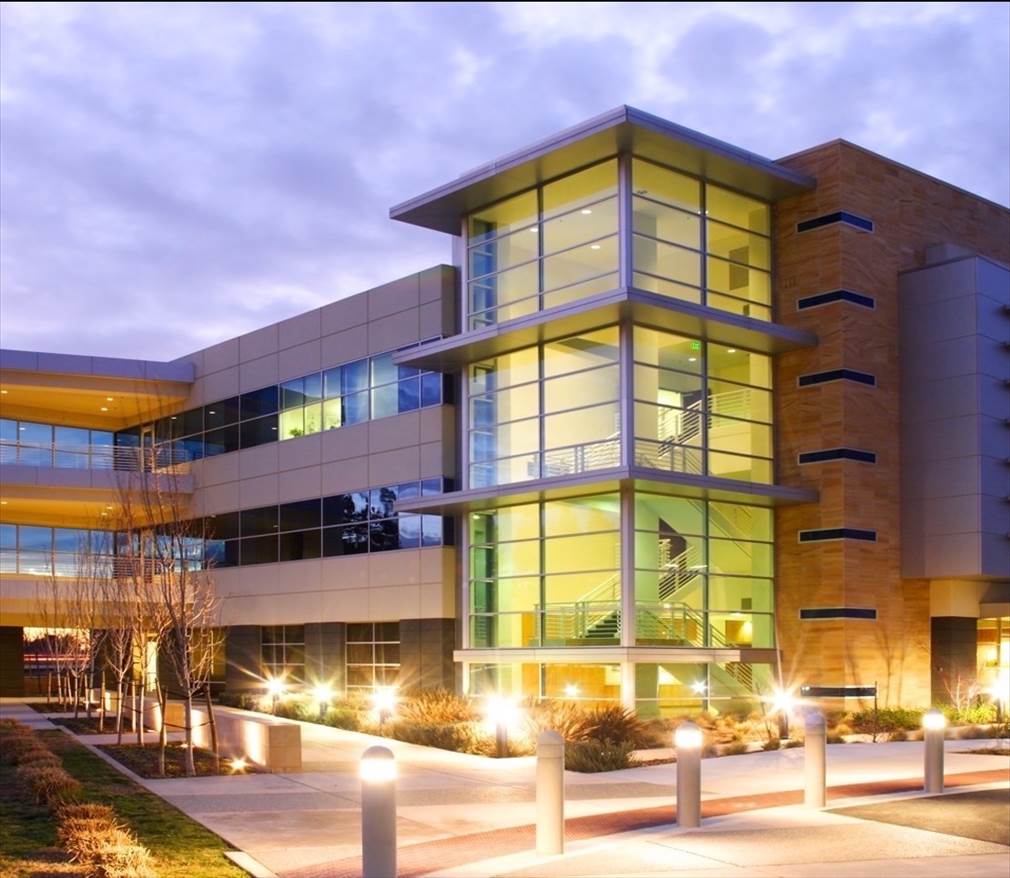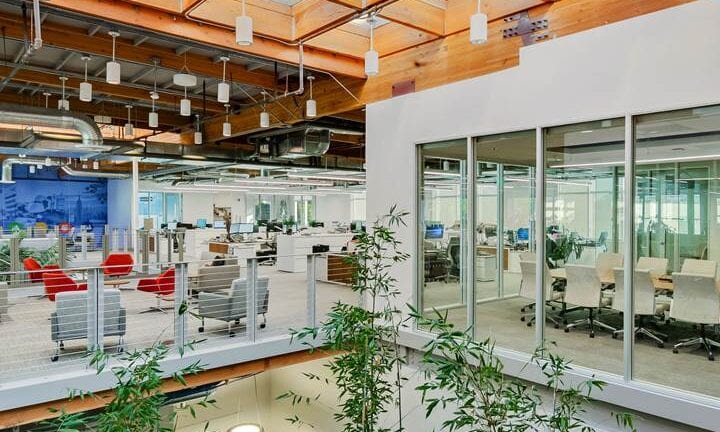Getting Back to Work: Safely Re-Entering Buildings Among COVID-19

In the early months of the COVID-19 pandemic, many businesses were forced to reduce capacity in their buildings, and in a lot of cases even closed their buildings entirely. As business owners, employees and customers begin to re-enter buildings, experts are emphasizing the role HVAC systems can play in the battle to reduce the spread of the virus.
THE IMPORTANCE OF HVAC IN YOUR BUILDING
Understanding that buildings are not being used or are not fully occupied as they once were or can be, there may be interest in shutting down the HVAC system, however, completely shutting down all HVAC equipment is not recommended. Your HVAC system is a unitary system that works to keep the building balanced and running properly. Shutting down an HVAC system may cause unintended consequences such as:
- Frozen pipes
- Negative air pressure
- Ventilation concerns
These consequences can cause bigger problems in the future. Ensuring that your HVAC systems are running effectively and efficiently now can improve air quality and contribute to the health and safety of your employees and customers.
The minimum ventilation rate for an average office space is 5 cubic feet per minute per person, which is roughly the equivalent to 4 air changes per hour. The ventilation that your HVAC system provides is essential to ensuring you are getting that air return every hour to maintain safe air quality levels and reduce CO2 levels.
Factors such as the duct design, terminal velocity and delivery of airflow are important to deliver air to the space without excessive air velocity noise, while still satisfying the heating and cooling demand.
WAYS TO PREPARE FOR RE-ENTERING YOUR BUILDING
Cleaning
When you are preparing to re-open we suggest a “deep” clean of the HVAC unit/system. Steam cleaning coils, wiping down all surfaces with the appropriate disinfectants, changing or even upgrading your filtration system if it is feasible may all be prudent precautionary measures.
Keeping coils clean will help keep the air velocity needed through the evaporator coil, which is key for both cooling and heating applications. You can clean a coil by steam cleaning, and although it is not standard practice, it is an effective way to remove grease, dirt, and contaminant buildup on evaporators.
Dry air duct cleaning is also recommended to ensure any debris buildup or possible contaminants are kept to a minimum, which allows for increased air quality, proper air delivery, and an overall balanced system.
Businesses that serve in harsher air quality environments, such as restaurants or machine shops, would especially benefit from regular HVAC equipment cleaning.
WARNING: We strongly suggest that any staff or service professionals servicing the system wear proper PPE when working with the HVAC equipment. Also be sure to dispose of the old and dirty materials in a sealed bag. Proper PPE can include:
- Gloves
- Masks
- Eye protection
Although COVID-19 is not primarily an airborne virus, we recommend that the technicians take extra care when servicing this equipment.
Temperature
Keeping your building at a constant temperature will not only keep your employees, guests and customers comfortable, but it will also promote energy efficiency and the longevity of the system itself.
For office building spaces, we recommend setting the temperature between 68℉ and 73℉ (20℃ and 23℃) with setbacks. For optimal temperature and effective air conditioning, supply air temperature should be 55℉ (13℃). Lower supply temperatures can make occupants cold and uncomfortable, and higher temperatures reduce air conditioning efficiency.
The optimal humidity for buildings is 40-45% in our climate. Too much humidity, especially in air conditioned spaces, can make the environment feel colder than it actually is. Excessive humidity can also cause mold growth and damage surfaces, further lowering air quality. Alternatively, not enough humidity can cause air dryness, which can also damage surfaces, as well as irritate the skin and cause respiratory issues. Air conditioning is able to reduce the humidity to achieve the optimal target, while in dry environments steam or electric humidifiers are used to increase the humidity.
Air Filters
The standard recommended filters used in the industry are MERV 8 filters. MERV stands for “Minimum Efficiency Reporting Value”, and the rating scales from 1-16. This rating measures how effectively your filter will trap the particles in the air through your HVAC system. Upgrading to a MERV 13 filter allows for excellent filtration, and reduces odors and air contaminants for sensitive environments while keeping within allowable static pressure drop parameters. Please note that when upgrading filters, the higher the MERV rating, the greater the pressure drop across the filter. This can be harmful as additional pressure drops can cause damage to the fan or the fan motor. Before upgrading be sure to review the technical data for the AC unit, or ask one of our experts.
REDUCING THE RISK: PREVENTATIVE MEASURES
Building Management Systems
If you have a building management system (BMS), you have the capability to allow automations to manage your HVAC system. Building management systems allow for accurate temperature control and efficiency of equipment operation. The features of BMS include options to manage temperatures, equipment efficiency, CO2 levels, humidity, static pressure and more. There are many benefits to integrating building management systems, including long term financial and energy savings. Learn more about building management systems here.
Regular Maintenance
You want to feel confident that you are taking all of the precautionary measures to keep the occupants of your buildings safe. Having a designated service professional assigned to your building for regular maintenance visits can be instrumental in providing safe re-entry and protecting the well-being of the occupants in your building moving forward. Learn more about how preventative maintenance can reduce risk and give you and your building occupants peace of mind.
Low Cost and No Cost Efficiency Tactics
Click here to see BOMA’s tips to make your building more energy efficient.











